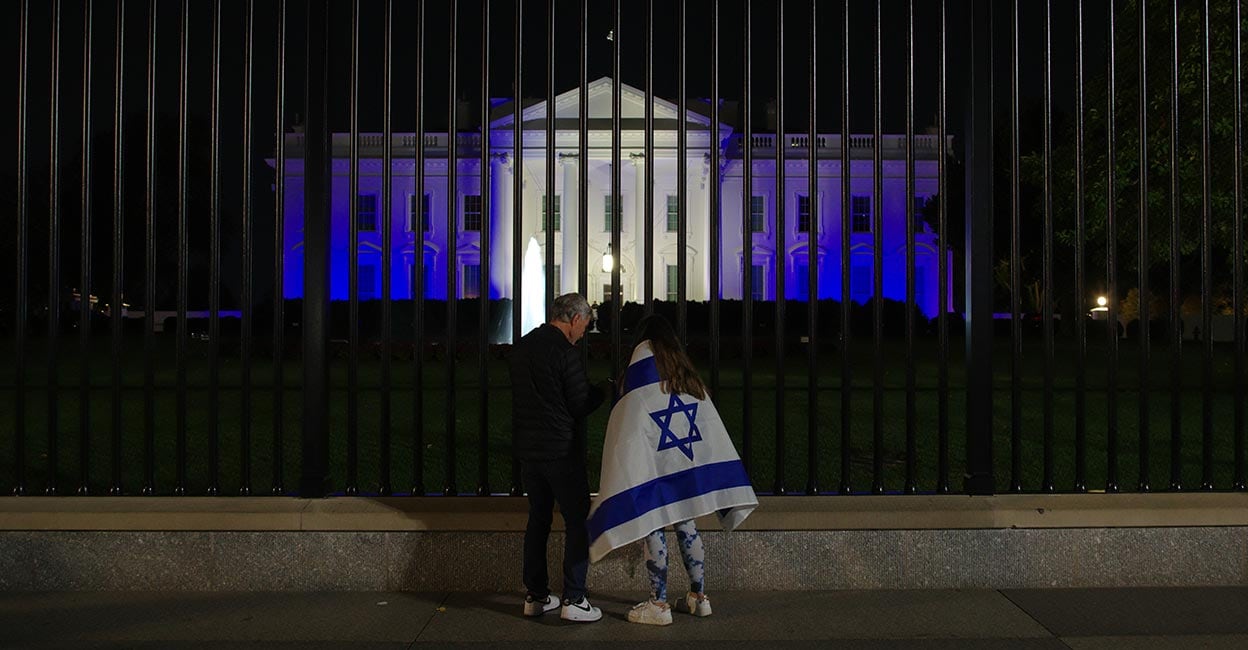15 operations, including bombing sites, vehicles, and facilities, and targeting soldiers, were recorded for the resistance yesterday, and a few days ago, 13 operations were recorded, and before them, something similar. This means that the Front will maintain this number of daily military operations or may develop.
The initial assessment is that Hezbollah has modified its military tactics or improved the type of confrontation on the southern border. This transformation is due to two main factors: the resistance taking advantage of the loopholes of the first days, and its transformation into an initiative in the attack in many cases.
Changes like these give the party an opportunity for various military tests that allow it to refine its military vision along the front. It is clear that the party developed its performance during the 45 days of the confrontation, and benefited from the long period of the front in adapting to the field. Today, it has become more free in dealing with field military assessments, and is implementing its plans on this basis.
Among the achievements achieved by the resistance is that it forced the enemy to avoid movement at the front edge of the front, and that “according to Tel Aviv’s estimates and the estimates of the resistance sources together” it was able to eliminate between 60% and 70% of the enemy’s information and intelligence capabilities after carrying out successive bombings on the edge’s sites. .
What distinguished these targets, their type. The resistance has begun to give priority to targeting Israeli soldiers, in addition to fortifications inside sites associated with protecting soldiers or vehicles. As it appears, the resistance has become more dependent on the intensity of fire, with an emphasis on carefully selecting targets.
As the resistance strikes developed in the direction of prioritizing the killing of soldiers, it became more dependent on data and intelligence information to achieve goals, and relied on more than one source to conduct “military collection” of an accurate type.
During the last stage, it became clear to military experts that the party did not only diversify its targets and did not enhance their quality, but rather searched for “military/human” targets that crossed the border line and reached deep into the occupied territories, as was the case with the targeting of a gathering of forces in the vicinity of the Kiryat Shmona colony. Located at a depth of 13 km from the border.
Here, many people fall into confusion, when they claim that the Israeli enemy is intending to expand the front into the Lebanese interior, without paying attention to the fact that the resistance has actually expanded the front.
At the level of military activity, Hezbollah gained lessons related to the necessities of the field. For example, the party has become more concerned with the systems for deploying resistance fighters at the borders and the method or nature of striking targets. The resistance was granted greater and greater freedom of movement, reaching the point of being empowered to select targets and strike them if available, without returning to the “operations room.”
The party also began to rely on certain methods of bombing, so as not to force the resistance men to be present within distances close to the border.
This measure greatly reduced the human cost to the resistance, and increased the number of human losses to the Israeli army. According to an estimate available to the resistance, the enemy’s losses until November 10 amounted to 27 dead and 136 wounded, distributed among hospitals in the north (Haifa), while the number of casualties in the last 10 days reached 50 between dead and wounded.
In terms of bombing operations, the resistance resorted to diversifying not only its targeting sources but also the weapons used, and clearly introduced “Burkan” missiles (of different sizes and calibres) into service and used them on a large scale. The “Barkan” strikes were allocated to vital centers or containing specific fortifications, such as in the “Branit” barracks, which includes the “Jalil” command headquarters, which witnessed massive destruction, or the important “Jalal Al-Alam” site, which was targeted with a different type of missiles that the resistance has not yet disclosed. This is in addition to activating the bomb-laden drone weapon and expanding its spread.
All of the above means that the front has entered the second phase of military operations. The enemy, who experienced a new type of military escalation, was not under pressure from the resistance, but also from within Israel, which was demanding something greater at the front, especially since the settlers sent more than one message through the heads of their settlement blocs, that they were not yet ready to return to the northern settlements in If security is not restored.
Although he operated the drones extensively and on a large scale, and they were active in providing his operations room with field data, the strikes were not equal between him and the resistance. During the past few days, and in light of the concealment measures taken by the resistance fighters, the enemy fell into a state of inability related to the inability to carry out strikes targeting human targets of the resistance. This explains his tendency to carry out strikes that targeted civilians and journalists in an attempt to create balance.
Previous experiences have proven that Israel usually resorts to this option whenever it is visited in the field. But does this mean that the confrontation will expand?
What is established, according to the data, is that what is destined for the front is likely to escalate, but within a certain ceiling, so that the front does not move into open war.
Here it is noted that the resistance deals with the front with complete care.
One source says that the Front will maintain this “status” for the time being. For further indications, American mediator Amos Hochstein landed in Tel Aviv during the past hours in an attempt to reduce the escalation between Hezbollah and Israel.
It seems clear that Washington has no desire to expand the scope of the conflict with the party, and prefers to devote more time to the front with the Gaza Strip. Also, Hochstein, who during his previous visit to Beirut brought ideas related to a truce in southern Lebanon, is likely in the process of revitalizing it as an idea that can be discussed in Tel Aviv.
2023-11-22 05:16:59
#resistance #surprises #enemy #escalation #open #option


